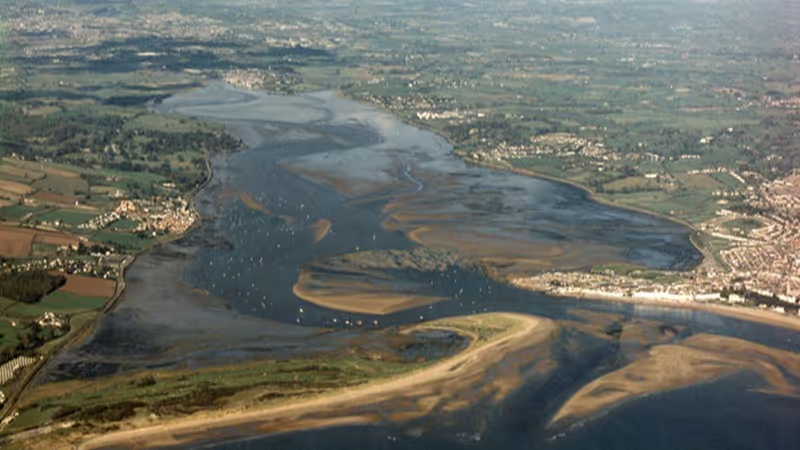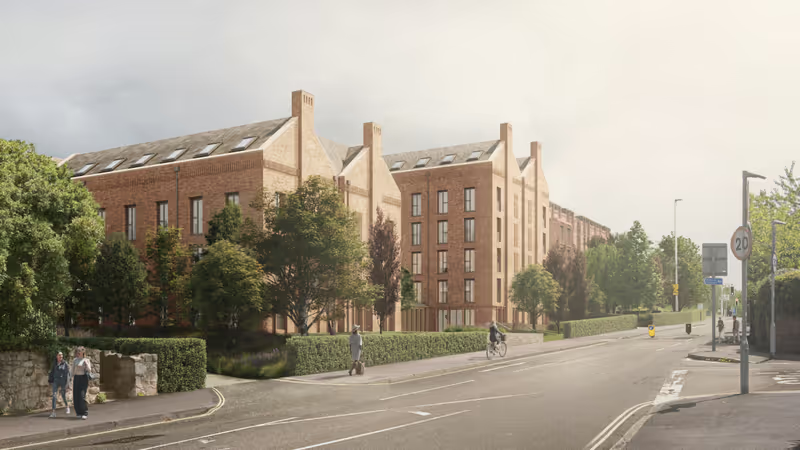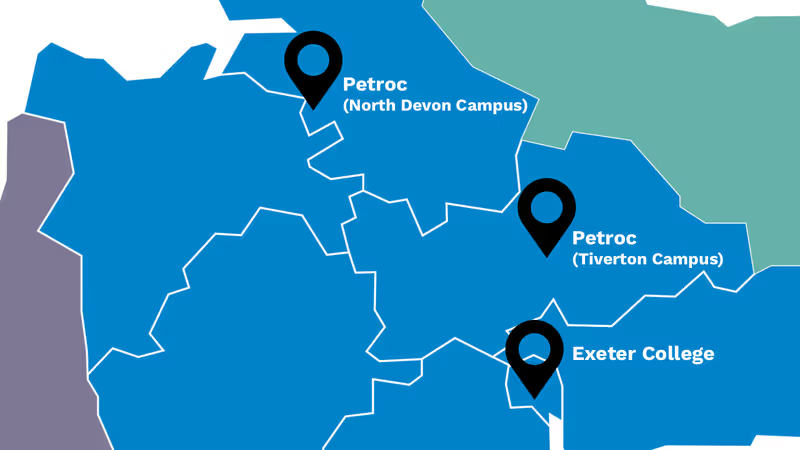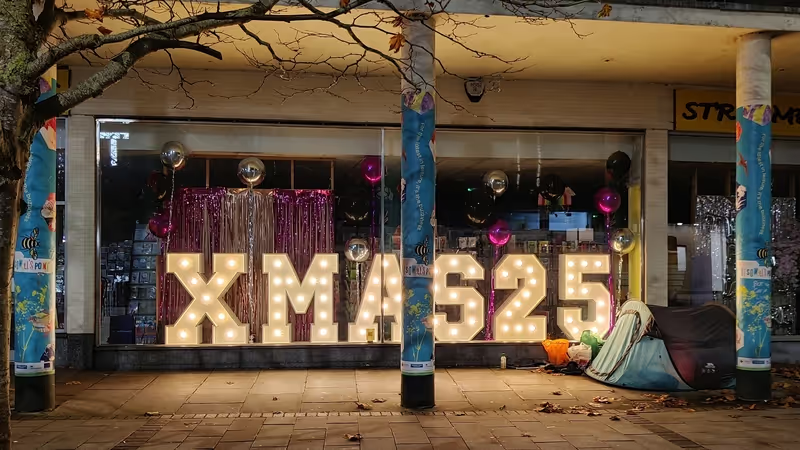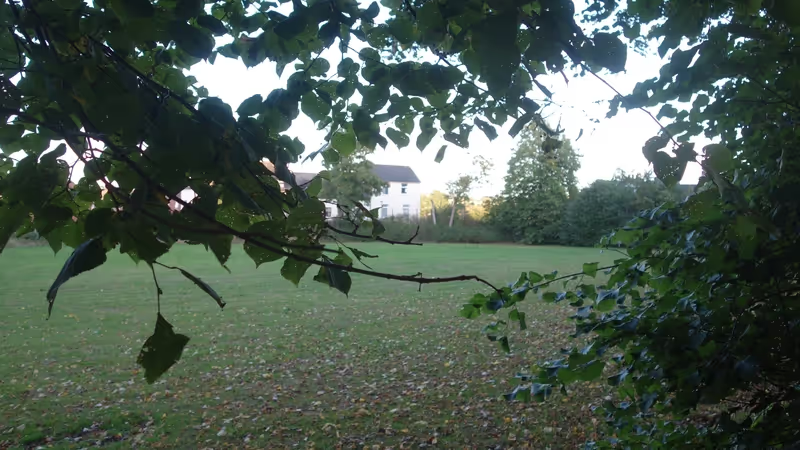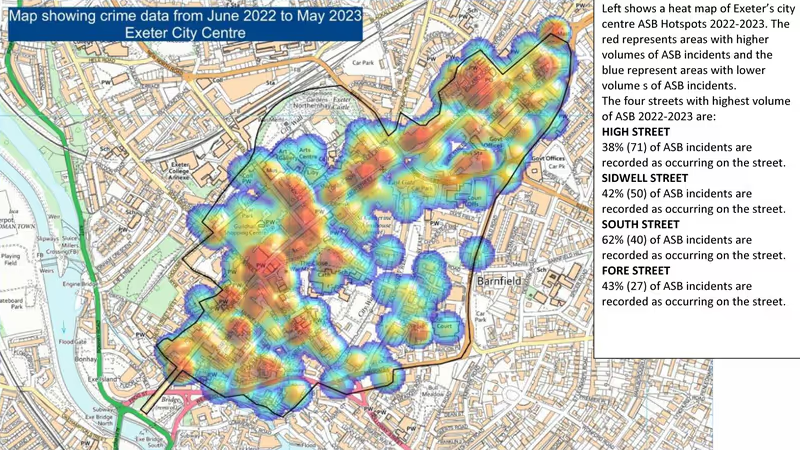When council leader Phil Bialyk introduced his new Exeter grants programme in June 2019, a month after taking office, he said it would be “an exciting and bold step forward for the council in our endeavours to support community groups and organisations as they continue to work together on local projects that help make Exeter such a great place to live”.
The programme was intended to have a long-term impact on inequality, health and individual and community resilience across the city. Ward grants of up to £500 would be available for one-off hyperlocal projects, small grants of up to £3,000 for city-wide projects or events and large grants of up to £30,000 for community building, refurbishment or equipment costs.
Community centres could also apply for up to £5,000 each year towards their running costs, and a “strategic fund”, to be financed using any unspent grant money, could be used for one-off capital costs for “bespoke or larger projects” providing community facilities.
The council said the scheme supported more than 200 projects during its first eighteen months. It emphasised its “on-going commitment to working with its communities” and “maintaining a robust grant giving programme for Exeter”.
However it cut the community grants budget by nearly a quarter in its second full year of operation, then lopped off another £118,000 last year before reducing it to a rump of just £15,000 in the 2023-24 budget that the council agreed last week. There is nothing in next year’s budget for ward grants, small grants or community centre running costs at all.
At the council’s budget meeting council leader Phil Bialyk said: “I am proud of the fact that we have been able to maintain support to our communities in Exeter.” He also said that community groups and organisations would be “further boosted with the launch of the Exeter community lottery later this year” despite the prospect of this raising very little money and requiring council resources to set up and run.
He says the cost of living is to blame for council budget cuts of more than £3 million, which would have been more than £5.5 million if the council hadn’t used nearly £2.5 million of its reserves – which will now have to be replenished – to cushion the blow.
He did not mention the impact on council finances of £80 million it borrowed to build St Sidwell’s Point and buy back the Guildhall shopping centre leasehold, or that it still intends to loan Exeter City Living £11 million this year for its stalled Clifton Hill redevelopment and now has to find an additional £18 million to enable the company to deliver at Vaughan Road.
Nor did he mention that council leisure services are now expected to be loss-making despite previous insistence that they would be cost-neutral, requiring a £2 million annual subsidy, that Guildhall shopping centre income will now be spent on debt interest instead of regeneration, or that Exeter City Living had lost more money by this time last year than all the council 2023-24 budget cuts put together.
When opposition leader Diana Moore asked why the council hadn’t carried out an auditor’s recommendation to hold a public consultation on the budget, as it agreed last November, the council leader’s response was to insist that “this council is the voice of Exeter”.
This was also apparently the basis of its last-minute decision to spend £100,000 on paddling pool refurbishment next year. He said the council “needed to act to secure the future of the hugely popular splash park in St Thomas and paddling pools in Heavitree because we know how important these free facilities are to residents”.
He didn’t mention that the council announced its plans to overhaul both in 2021 after partially refurbishing them earlier that year, or that new pumps have already been installed at Heavitree, or that St Thomas was suddenly closed during last summer’s heatwave because children were slipping on the new surface, falling and injuring themselves, then reopened with warning signs and new rules requiring parents to provide them with water shoes to use the pool.
He also didn’t mention that St Thomas is a marginal ward in which the council’s deputy leader nearly lost her seat at last year’s local elections to Liberal Democrat Adrian Fullam, or that his party would like to win back one of the two Heavitree seats it lost to the Green Party last year after Carol Bennett won a single year term in a by-election.
The council was so keen to promote its splash pool spending that it published a story describing it as a “major investment” a fortnight before the expenditure was actually approved. And it broke its own spending rules by doing so immediately after the council leader made clear that there was no scope for extracurricular spending either this year or for the next three, during which another £3.15 million of council budget cuts must be made.
He said: “To maintain financial discipline and prepare for the reductions required, council can no longer merely approve additional expenditure without identifying what will be cut to fund it. This is essential as officers and members prepare to identify ways to address the further gaps in funding over the life of the medium term financial plan.”
The paddling pool proposals did not specify from where the money they will cost would be cut, presumably leaving council officers to come up with back of the sofa suggestions.
His communities portfolio holder, Martin Pearce, evidently didn’t get the austerity message. After admitting that the community grants scheme was “massively diminished”, he sought to defend its decimation on the grounds that it is funded by Community Infrastructure Levy (CIL) receipts which he said cannot be allocated until they are received, claiming that the grants budget “will be adjusted and money will go into it as the year progresses”.
Apart from the fact that the community grants scheme is not financed this way because CIL charges – that the council imposes on most new development – are not usually all collected in the same year they are issued, the council instead using a rolling fund to enable prospective budget-setting, the portfolio holder then went on to admit that he was, in any case, referring to 2024-25.
He also said he was “really excited” about the £15,000 that had been allocated to the remains of the scheme. It seems unlikely that the hundreds of grassroots groups and community organisations that previously depended on it to cover essential costs will feel the same way.
Rather than money going into community grants budgets as CIL charges are collected, the opposite has happened in every full year of the scheme so far. The council has first reallocated community grants budgets to other priorities then cut the following year’s budgets while repeatedly claiming that the funding “will be available to re-allocate in future years”.
Meanwhile CIL charges have been increasing since the community grants scheme was introduced, rising from just under £3.5 million in 2019-20 to just under £4 million in 2021-22. The amount of available CIL receipts retained at the end of each year has also risen: a council report published at the end of last year put the total at nearly £6.5 million.
When the community grants scheme was launched it was specifically intended to “provide a sustainable funding pipeline for grants” via the “neighbourhood” share of CIL receipts, which is at least 15% of total CIL charges (25% in areas where there is a neighbourhood plan such as St James).
New Homes Bonus, a central government grant paid to local councils to incentivise house-building, was also used to help finance a small portion of the scheme at first, but this was phased out by the end of the scheme’s first year. By March 2021 there was a balance in the neighbourhood CIL fund in excess of £1 million and the expectation was that “further funds will materialise”.
It’s not clear why the council expects 2023-24 to buck this trend given the city’s continuing housing delivery rates, but even if CIL charges fall by as much as it says it expects, they are still likely to exceed £2.5 million. In which case the minimum 15% allocation to neighbourhood spending would still yield at least £375,000 for community grants, more if development takes place in St James.
It may be that instead of using neighbourhood CIL receipts to finance hundreds of projects across the city, the council would rather choose a handful of what might be called “preferred” recipients for larger grants instead.
Total expenditure via the community grants strategic fund was originally intended to be £80,000. But the council ended up sharing £410,000 between eight projects via this route after reallocating other community grant budgets in their favour over several years.
Recipients included Exwick Community Centre, in the council leader’s ward, and Positive Light Projects, where his party recently presented its parliamentary candidate to the city.
The council leader says it is “spending our money wisely”, citing the £100,000 St Thomas and Heavitree splash parks decision as an example “at a time of crisis”. But it is cutting the Citizens Advice Exeter budget by the same amount, and the Exeter Connect voluntary and community sector support service provided by Exeter Community Initiatives will lose all its council funding at the end of this month.
The 2023-24 budget comes into force on 1 April, yet there is no sign of the impending changes on the Exeter grants programme webpages. Instead the council says: “We will published [sic] next financial year’s grants programme by May 2023”. Presumably just as soon as the polls have closed.
